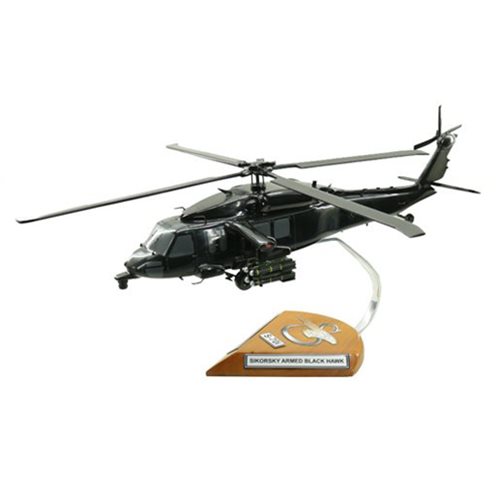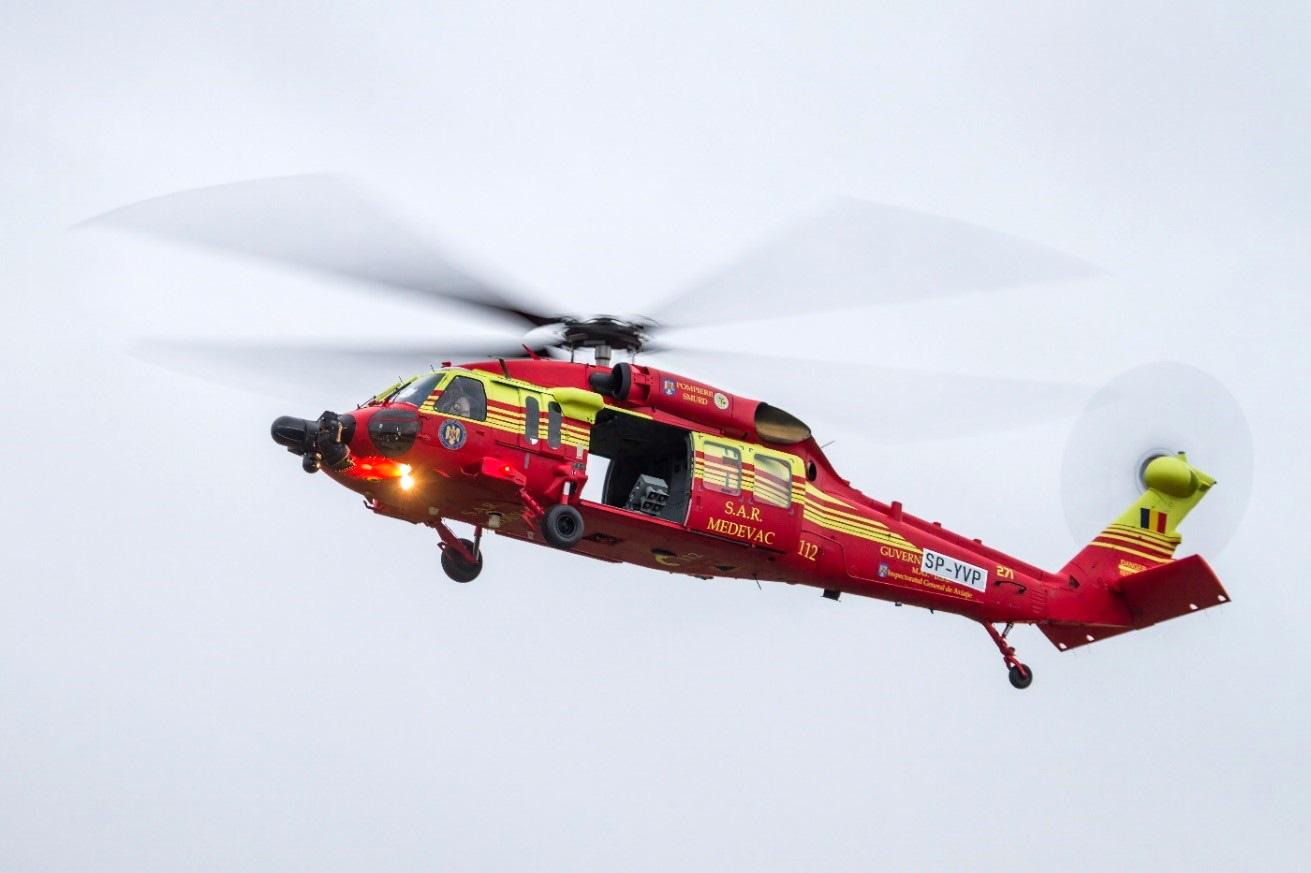Modernized Vertical Lift System With Advanced Compound Structures and Enhanced Precaution
In the realm of vertical lift systems, a substantial change in the direction of modernization has actually been observed, driven by the assimilation of advanced composite frameworks and heightened precaution. These enhancements stand for a pivotal evolution in the layout and capability of lift platforms, guaranteeing raised efficiency and dependability throughout numerous industries (sikorsky s 70). As markets pursue higher operational precision and safety criteria, the usage of composite products and progressed security functions has become critical. In discovering the merging of modern technology and safety in contemporary lift systems, an engaging story emerges, showcasing the possibility for transformative advancements that deal with the ever-evolving demands of industrial industries.
Development of Upright Lift Platforms

The advancement of upright lift platforms can be mapped back to basic pulley-block systems and early elevator styles. Gradually, innovations such as hydraulic systems, electric motors, and progressed control systems have actually significantly enhanced the performance and safety and security of these platforms. Producers have actually likewise concentrated on improving the stability, reach, and load-bearing abilities of upright lift platforms to fulfill the varied requirements of various sectors.
Additionally, the combination of wise modern technologies like sensing units, IoT connectivity, and automation features has further changed the capabilities of modern vertical lift systems. These technological enhancements not only enhance functional productivity yet additionally ensure enhanced safety and security standards for workers using these platforms at different heights. The continuous advancement of vertical lift systems underscores their vital function in improving upright wheelchair across sectors.
Assimilation of Advanced Compound Frameworks

In addition, making use of advanced composite products allows for even more complicated and optimized structural designs, allowing engineers to tailor the system's residential properties to satisfy specific performance demands. This personalization can lead to boosted the rules of aerodynamics, minimized resonances, and boosted total safety throughout procedure. The assimilation of sophisticated composite structures additionally adds to a decrease in maintenance expenses and downtime, as these materials show exceptional resistance to ecological elements and have a longer service life compared to traditional products. On the whole, the incorporation of advanced composite frameworks in modern vertical lift systems stands for a substantial advancement in aerospace innovation, resulting in a lot more reliable, reputable, and more secure airborne transport systems.
Enhanced Security Actions Implementation
Carrying out improved safety and security steps is important in making certain the optimum performance and integrity of modern vertical lift systems. One crucial aspect of improved safety and security steps is the combination of advanced sensing unit technologies to keep track of numerous criteria in real-time.

Sector Applications and Benefits
With innovations in technology and engineering, improved upright lift systems have discovered varied applications throughout various sectors, offering significant benefits in effectiveness and efficiency. In the production field, these systems streamline the process of delivering visit the site hefty materials and devices within centers, lowering hands-on handling and improving functional performance. The building and construction industry gain from vertical lift systems by enabling employees to access elevated areas safely and effectively, enhancing general task timelines. Warehousing and logistics companies utilize these systems to maximize storage room usage and assist in quicker picking and packing processes.
In addition, vertical lift systems play a crucial duty in the repair and maintenance of facilities such as bridges, power lines, and structures, allowing technicians to reach hard to reach areas easily (sikorsky s 70). The aeronautics industry also leverages these systems for aircraft upkeep and assembly tasks, enhancing process efficiency and making sure employee security at heights. On the whole, the extensive fostering of modernized upright lift platforms throughout markets emphasizes their flexibility and the substantial renovations they bring to different look at this website operations
Future Trends in Lift Platform Innovation
Integrating innovative automation and smart functions, lift platform innovation is poised to reinvent upright transportation systems in the close to future. One essential fad is the integration of Net of Points (IoT) technology, making it possible for lift platforms to interact real-time information for anticipating maintenance, enhancing efficiency, and enhancing security. As lift system technology proceeds to evolve, these patterns are established to shape the future of upright transport, making it extra efficient, risk-free, and user-friendly.
Final Thought
To conclude, the up-to-date upright lift system showcases the development of technology in the industry. By integrating advanced composite frameworks and boosted safety and security steps, this platform offers increased efficiency and safety and security for numerous applications. The market can benefit significantly from visit these developments, and future trends in lift system technology are most likely to proceed surpassing these innovations for even greater success and efficiency.
In the realm of vertical lift systems, a considerable shift in the direction of innovation has been observed, driven by the integration of innovative composite frameworks and heightened security procedures. The continuous advancement of vertical lift systems highlights their crucial function in enhancing upright movement throughout markets.

The consolidation of advanced composite frameworks in modern upright lift platforms has actually substantially enhanced their architectural integrity and efficiency capacities. By integrating these advanced compounds into the style and building and construction of vertical lift systems, makers can reduce general weight, increase load-carrying capability, and boost the platform's resilience and durability.
Implementing improved safety and security measures is imperative in guaranteeing the optimum performance and reliability of contemporary upright lift platforms.